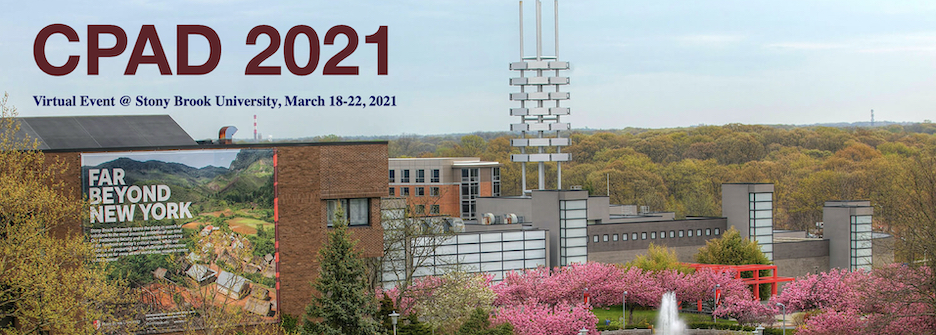Speaker
Description
With some leading direct dark matter detection experiments now observing background events and WIMP-nucleon scattering limits approaching the neutrino floor, there is renewed interest in constructing an observatory capable of detecting and distinguishing WIMP and coherent elastic neutrino-nucleus scattering (CEvNS) via directionality. CYGNUS aims to deploy gas-target time projection chambers (TPCs) capable of event-by-event nuclear recoil imaging. Smaller, near-term detectors with this capability would enable new precision measurements, including of the Migdal effect, searches for beyond the Standard Model (BSM) physics, and measurements of solar neutrinos. A large detector could establish the galactic origin of a dark matter signal, and subsequently be used to map the local WIMP velocity distribution and explore the particle phenomenology of dark matter. Therefore, there exists an opportunity to develop a long-term, diverse, and cost-effective experimental program around directional detection of nuclear recoils in gas TPCs at different scales. I will discuss the different technological approaches being pursued in CYGNUS, with a focus on activities in the US.
